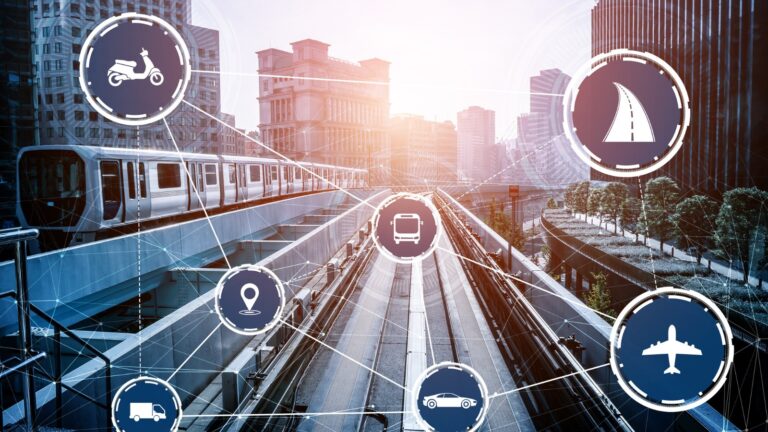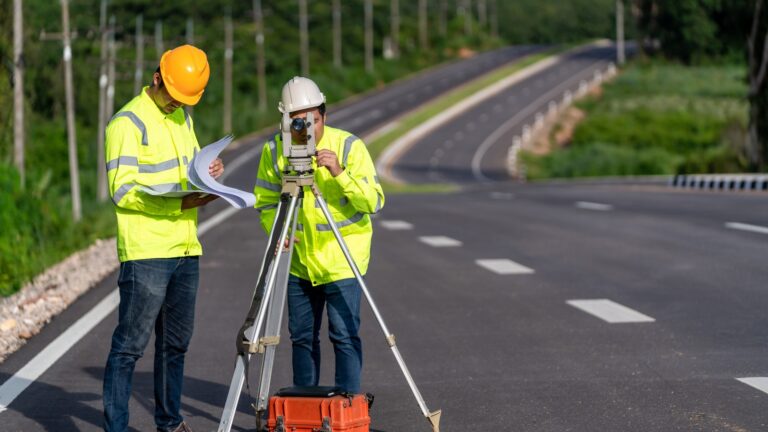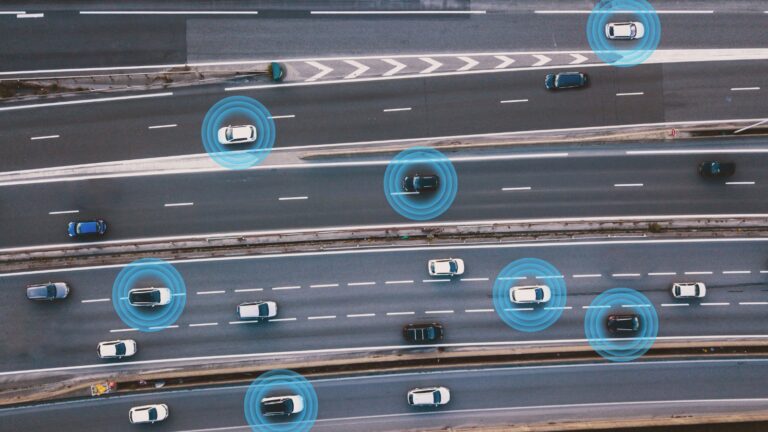Are you struggling to keep the quality of your company’s construction projects on top? That is why you need a helping hand from the new-era technology. Singapore is a country where the roads, and highways have taken up to 12 percent of the land. That is why Singaporean road development companies have started to switch to a more digitised path lately. ‘Visualised Asset Reliability’ is a subordinated technology that comes under some major software like ‘Asset Predictive System’.
But how exactly can these technologies be utilised to gain the best results for road development companies? You will find the answers to all your questions in this article.
What is an Asset Predictive Analytics System?

This is a sophisticated software and data-driven solution used in various industries, including manufacturing, transportation, and utilities. It leverages historical data, machine learning, and statistical algorithms to predict the future behaviour and condition of critical assets, such as machinery, vehicles, or infrastructure. By forecasting potential failures or maintenance needs in advance, organisations can optimise asset management, reduce downtime, and allocate resources efficiently, ultimately improving operational reliability and reducing costs.
This system is coupled with various models varying from Dynamic Degradation Curve, Proactive trigger system activation, Asset Recovery Time Predicting Models, etc. One of the most important models that are being utilised is the visualised asset reliability model. No matter what the industry is, this robust software solution ensures the good health of your assets.
In the following sections let us walk you through all the details of the potential challenges and employment of the ‘Visualised Asset Reliability model empowered Asset Predictive Analytics System for the road development industry.
Main Challenges in Road Development

Soil Changes and Issues
When the problems are concerned, Soil changes and issues are central challenges in the road development industry for sure. It is significantly impacting the durability and performance of the infrastructure. It is common for the nature of the soil and the land utilised to build roads and highways to keep changing with the time.
Also, Road foundations require specific technical solutions due to the different compositions and carrying capacities of soils in different parts of the country. The stability of the roads is another thing that can be subject to change over time as it is affected by different weather conditions such as heavy rains, flooding, etc.
Timing Issues
Timing is the number one priority when it comes to road development projects. Do you agree? That is because it directly affects the lives and the comfort of the general public. People who depend on those roads and highways could face an extended reaction of negative impacts when infrastructure developments are interrupted. These delays frequently result in increased traffic congestion, which negatively affects productivity.
In addition to wasting time, heavy traffic also leads to air pollution, increased fuel consumption, and more risks to road safety. Delays in construction will also raise project prices, straining budgets and resources for road development.
Ageing Infrastructure
Many old roads and bridges have lived longer than they were planned to, which has worsened conditions and raised maintenance requirements. This outdated infrastructure lacks the capacity to manage current traffic volumes and vehicle loads, creating safety risks and jammed roads. These outdated assets must be repaired or replaced, which puts pressure on already tight budgets and resources.
But the main point here is if the road development authorities need to identify the potential risks in the first place if they need to decide on the requirement of the repair and replacement. Identifying them poses a huge challenge for the authorities as it requires advanced technology to screen the infrastructure.
Identifying Threats
Roads, bridges, and highways are the places where it has a high risk of threats. Road networks are vulnerable to a number of challenges, such as landslides, floods, and earthquakes as well as man-made dangers including accidents. Implementing proactive steps to reduce hazards and maintain the durability of road networks requires awareness of and assessment of these threats.
So, what is the most riskiest part of this? Those potential dangers can cause expensive damage, protracted road closures, and user safety risks if they are not identified and addressed in real-time. That is why authorities require powerful and straightforward tools to analyse future threats and assess security measurements in advance.
Environmental Impact
Singapore is a country where they value sustainability efforts in each development project they execute. So, since construction operations can have serious negative effects on the environment, the ecological impact is a major concern in road construction projects. Land clearance, excavation, and altering of natural landscapes are frequently necessary for the development or upkeep of road networks. These actions could damage the lives of humans and the different species in the environment.
The impact of the construction is not limited to them, also it can cause damage such as sand runoff and heavy machinery emissions which can worsen the quality of the air and water as an outcome. Though it is quite challenging, it is crucial to strike a balance between environmental protection and infrastructural development.
Key Benefits of Visualised Asset Reliability Models

Proactive Diagnostic
Since these can leverage historical data, real-time monitoring, and advanced visualisation tools, they greatly help by providing valuable insights into the condition and performance of road assets. They make it possible for road authorities to spot potential problems like wear, stress, or breakdown early on before they develop into serious concerns.
This proactive approach allows for timely and cost-effective maintenance interventions. Also, it reduces the likelihood of unexpected road failures, accidents, or traffic disruptions too. Plus, by utilising the capacity to predict maintenance needs and optimise resource allocation, these models enhance the overall efficiency and longevity of road infrastructure as the outcome. Also, the latter ensures safer and more reliable transportation networks within Singapore.
Prioritise Maintenance Based on Criticality
Not every asset degrades the same way. The assets with critical conditions need to receive priority. This technology is the ideal way to assess the condition and performance of road assets comprehensively. As it makes it possible to visualise the asset’s criticality, road authorities can identify which assets are most vital to the network’s functionality and safety. This prioritising guarantees that limited maintenance resources are directed where they are most needed, reducing expensive downtime and interruptions on busy routes.
Also, another important thing is they can offer insights into the anticipated lifespan of assets, enabling proactive planning for repairs or replacements. Road development initiatives become more effective, cost-effective, and responsive to the requirements of road users by focusing on important assets first. It clearly improves the quality and reliability of transportation infrastructure.
Reduces Downtime
Downtime can not be stopped when it comes to sectors like road development, but it can be reduced to a larger amount. This model contributes significantly to reducing downtime in road development. As we mentioned before, these models analyse the state of road assets using past and present information, allowing for proactive maintenance and repair planning. Road authorities are able to arrange repairs during off-peak hours or less disturbing times by predicting repair demands and seeing possible problems before they become serious.
As a result, there are fewer road closures and traffic jams, which improves traffic flow and cuts down on downtime. Optimised maintenance plans also guarantee that assets continue to function properly, increasing their lifespan and lowering the need for costly repairs.
Recognising Signs Of Tree Roots
The ingrowth of tree roots is known as one of the main obstacles that occur in the road construction industry. Even though the roots can be screened and removed during the initial period, not all the trees can be gotten rid of. Every day there is a possibility of tree root growth and potential damage from them to the roads. But luckily, these models can detect areas where tree roots may pose a threat to road infrastructure.
Signs such as pavement cracks, uneven surfaces, or patterns of repeated damage can be visualised and tracked with this model. This proactive approach allows road authorities to identify locations where tree roots are growing beneath the road surface and causing damage.
Boosted Sustainability Practices
Not only road development, but any other development project highly affects the environment at a large scale. When road and highway developments are in place, the environmental impact should be taken into concern. These models enable road authorities to properly prioritise repair and maintenance operations by offering an in-depth view of the state of the road asset. This is what facilitates data-driven decision-making within the industry.
Fewer materials are wasted because of enhanced resource allocation, which lowers the impact of road construction on the environment. Not limited to this, predictive analytics encourages the use of green construction materials and methods, supporting the development of roads.
Modern Technology for a Safer Tomorrow

Since you have read our article, you have a good understanding of how it is likely to utilise modern technology for any development project. Why waste time when you can expedite various aspects of the projects? However, one thing you need to keep in mind is, now every software suits your industry requirements. The only solution for this is collaborating with an industry expert when it comes to modern software solutions.






